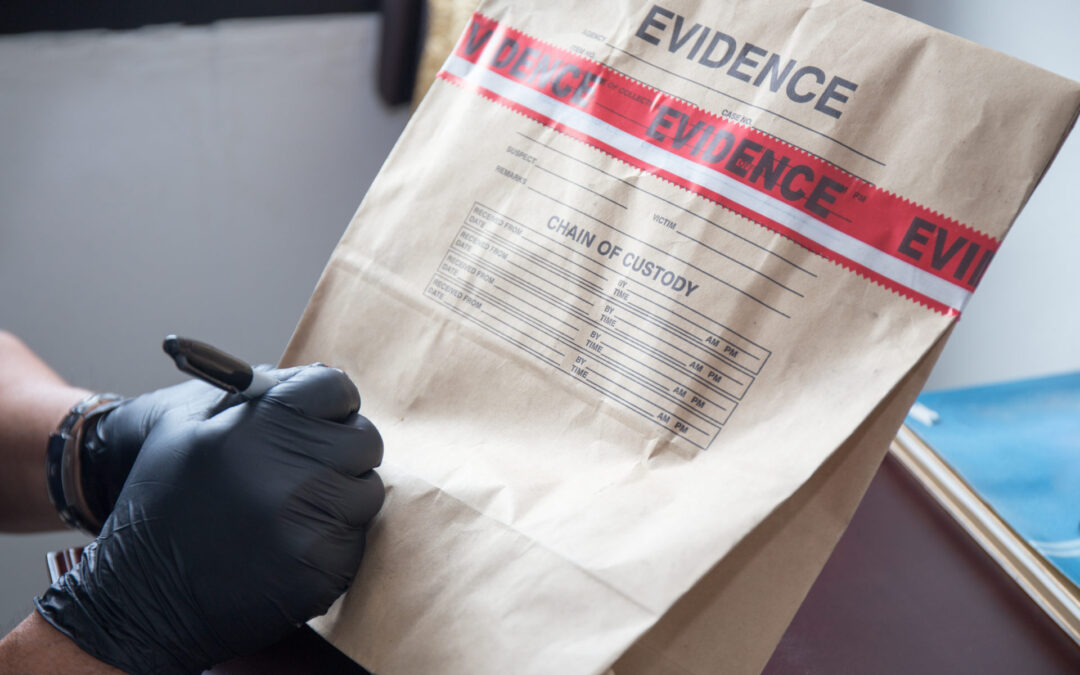When pursuing a personal injury claim, evidence is your most valuable asset. It serves as the foundation of your case, substantiating your version of events and proving the extent of your injuries. Without strong, well-documented evidence, securing the compensation you deserve can be an uphill battle. This article explores the essential types of evidence needed for a robust personal injury claim, how to gather them, and the role they play in achieving a successful outcome.
Why Evidence Matters in Personal Injury Claims
Evidence provides the proof necessary to demonstrate liability, causation, and damages in your claim. It is used to establish that:
- The other party was negligent: Demonstrating that their actions or inactions caused the accident.
- You suffered damages: Providing proof of physical, emotional, and financial losses.
- The negligence caused your injuries: Establishing a direct link between the accident and your injuries.
The stronger your evidence, the more difficult it is for insurance companies or opposing parties to dispute your claim.
Types of Evidence That Strengthen Your Case
1. Medical Records
Medical records are often the cornerstone of a personal injury claim. They detail the severity of your injuries, the treatments you’ve undergone, and any long-term medical needs. Medical evidence can include:
- Emergency room and hospital records
- Doctor’s notes and treatment plans
- Diagnostic imaging, such as X-rays or MRIs
- Physical therapy and rehabilitation progress
2. Witness Statements
Witnesses provide an objective account of the events leading to your injury. Their testimony can confirm details such as:
- The at-fault party’s actions
- The conditions of the accident scene
- The immediate aftermath of the accident
Witness statements are particularly valuable in cases where fault is disputed or there are conflicting accounts.
3. Accident Reports
For incidents like car accidents or workplace injuries, official reports are crucial. These documents often contain:
- Details about the involved parties
- Statements from witnesses
- Observations from law enforcement or safety officials
- Diagrams or photos of the accident scene
4. Photographs and Videos
Visual evidence can vividly capture the aftermath of an accident. Essential images or footage include:
- The accident scene
- Vehicle damage or property damage
- Visible injuries
- Hazardous conditions (e.g., wet floors or poor lighting)
5. Documentation of Expenses
To recover financial losses, you must document all accident-related expenses. This includes:
- Medical bills and receipts
- Prescription and over-the-counter medication costs
- Proof of lost wages or diminished earning capacity
- Repair or replacement invoices for damaged property
6. Personal Injury Journal
A personal injury journal allows you to document your pain, recovery progress, and the impact of the injury on your daily life. This subjective evidence can strengthen your claim for non-economic damages, such as pain and suffering.
How to Collect and Preserve Evidence
- Act Quickly: Gather evidence as soon as possible after the accident while details are fresh and accessible.
- Secure Copies of Medical Records: Request complete copies of all relevant medical documentation from your healthcare providers.
- Photograph the Scene: Use your phone or camera to capture detailed photos of the accident site and your injuries.
- Obtain Witness Information: Collect contact details and statements from witnesses at the scene.
- Request Official Reports: Obtain copies of police reports, workplace incident reports, or property damage assessments.
- Organize and Store Evidence: Keep all documentation in a safe, organized manner to ensure nothing is lost.
The Role of an Experienced Attorney in Gathering Evidence
Navigating the complexities of evidence collection can be overwhelming, especially when recovering from an injury. An experienced personal injury attorney can assist by:
- Identifying key evidence needed for your case
- Interviewing witnesses and gathering statements
- Requesting and analyzing medical and accident reports
- Consulting with experts, such as accident reconstruction specialists or medical professionals
- Preparing and presenting evidence in negotiations or court
Having legal guidance ensures that your case is built on a solid foundation of credible evidence, maximizing your chances of a favorable outcome. Contact Warren Chin at ECD Law today!

